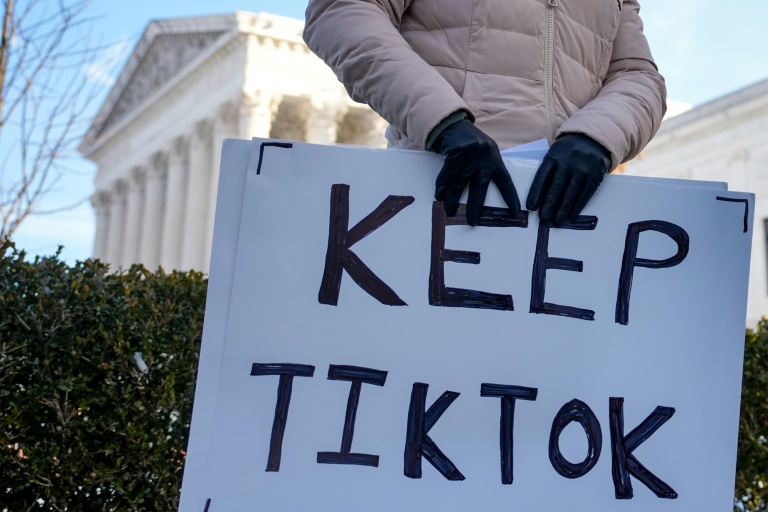COVID-19 has been a stubborn presence this summer. Average daily cases have oscillated around 100,000 across the U.S. over the last three-plus months. They’ve been trending down in recent weeks. But hospitalizations at the end of August were more than double what they were at the beginning of May.
And then there’s the ongoing outbreak of monkeypox. As of Aug. 30, the Centers for Disease Control and Prevention have tallied more than 18,000 cases across all 50 states, Puerto Rico, and the District of Columbia.
After more than two years of COVID, it’s clear we have not learned from experience. We know that broad vaccination, widespread testing, and genetic surveillance can stop a viral threat. If we act accordingly, we can finally rein in the COVID variants prolonging this pandemic and be prepared for whatever future pathogens with pandemic potential arise.
First, we must continue to prioritize vaccination. We cannot mount an effective defense against threats like COVID and monkeypox without getting more shots in more arms. One-third of Americans still aren’t fully vaccinated against COVID. More than half have not received their first booster dose.
All the debate over which variant the next generation of COVID vaccines will target obscures the fact that the existing shots are highly effective in protecting against severe disease and death from all variants. Coaxing unvaccinated or unboosted people to sit for shots should command at least as much attention from the public health community as the content of the next round of vaccines.
Similarly, we should not be forcing people at high risk of contracting monkeypox to endure long waits and bureaucratic snafus for shots.
Second, we must ensure we have the right tests in the right places at the right time. COVID demonstrated that leveraging molecular technologies is instrumental to any successful pandemic preparedness and response strategy.
The monkeypox outbreak offers an opportunity to learn from COVID and deploy testing faster and more broadly than we did in the early days of the pandemic.
We need to harness the full power of diagnostics. That means building testing capacity, better using existing capacity, and ensuring people use reportable at-home tests as a complement to polymerase-chain reaction, or PCR, which can accurately detect the smallest viral traces.
The Centers for Disease Control and Prevention began partnering with commercial labs nationwide to perform monkeypox tests in June. That allowed healthcare providers to order PCR tests directly from commercial labs instead of being confined to government facilities.
These types of public-private partnerships are helping the U.S. conduct tens of thousands of tests weekly. Such testing is key to a successful public health response to monkeypox.
Third, preparing for the next COVID mutation or novel pathogen also necessitates investment in long-term genetic surveillance so that we can determine where outbreaks are brewing.
Some experts have argued we should be sequencing between 25% and 30% of all positive COVID cases. No country is coming close. Earlier this year, the U.K. was sequencing just 11%, the U.S. 3%, and less than 0.5% across Southeast Asia and South America.
Ramping up public health infrastructure to support wastewater monitoring and use of next-generation sequencing, which South African scientists used in their discovery of Omicron, would go a long way toward spotting new variants and emerging pathogens of concern early.
New public health threats are an inevitability. But there’s no reason future outbreaks need to be as deadly as COVID.
Thierry Bernard is CEO of QIAGEN (www.qiagen.com).
MEET IBT NEWS FROM BELOW CHANNELS
© Copyright IBTimes 2022. All rights reserved.







